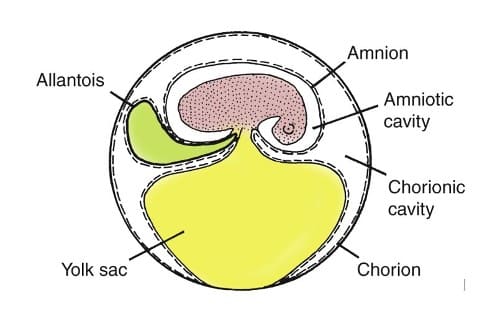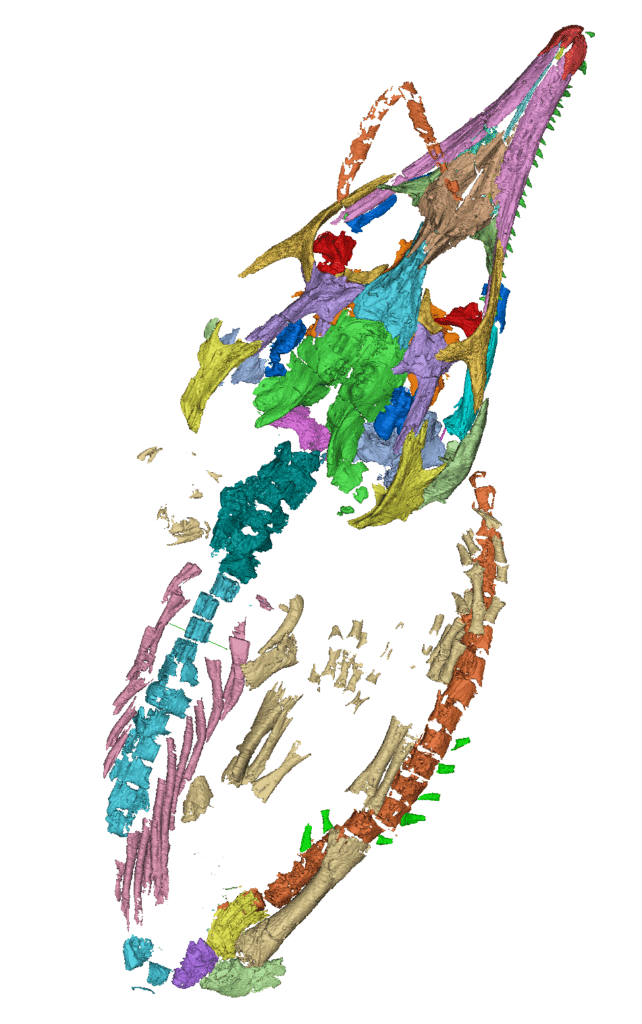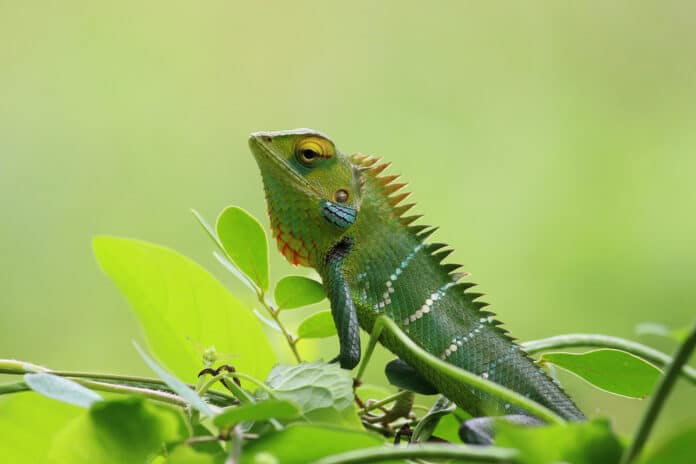The evolution of amniotes, a group of vertebrates that includes reptiles, birds, and mammals, has long fascinated scientists. One of the critical milestones in their evolutionary history is the development of the amniotic egg, which revolutionized reproduction on land. This adaptation allowed amniotes to break free from the confines of water and colonize diverse terrestrial environments.
In this article, we will explore the fascinating journey of amniotes, examining the transition from aquatic ancestors to land-dwelling creatures and the crucial role played by the evolution of the amniotic egg in this process. Join us as we unravel the remarkable story of reptiles and the development of their exceptional reproductive strategy.
New research conducted by Nanjing University and the University of Bristol challenges the long-held belief that the amniotic egg was crucial for the success of reptiles, birds, and mammals. Previously, it was thought that the development of a hard-shelled egg played a significant role in the evolution of these amniotes. However, a study involving 51 fossil species and 29 living species categorized as oviparous or viviparous suggests a different story.
The findings, published in Nature Ecology & Evolution, indicate that the earliest amniotes in all major evolutionary branches, including mammals, lizards, dinosaurs, crocodilians, and birds, exhibited viviparity and prolonged embryo retention in their ancestors. This discovery challenges our understanding of the reproductive strategies these diverse animal groups employ.

Extended embryo retention (EER) refers to mothers retaining their young for an extended period, potentially optimizing their survival chances. Contrary to popular belief, new research suggests that rather than the hard-shelled egg, it was EER that provided the ultimate protection for this group of animals. This study challenges the prevailing notion that the evolution of the amniotic egg was the most significant innovation, highlighting the importance of extended embryo retention in ensuring the survival of offspring.
Professor Michael Benton from Bristol’s School of Earth Sciences explained: “Before the amniotes, the first tetrapods to evolve limbs from fishy fins were broadly amphibious in habits. They had to live near water to feed and breed, as in modern amphibians such as frogs and salamanders”.
The traditional view that the evolution of the amniotic egg allowed amniotes to move away from water and dominate terrestrial ecosystems has been challenged by recent research. While amniotes developed waterproof skin and other mechanisms to control water loss, it is now believed that extended embryo retention (EER) played a crucial role in their success.
The amniotic egg was once considered a “private pond” that protected developing reptiles from drying out in warm climates. However, biologists have observed flexible reproductive strategies in lizards and snakes, with some species displaying oviparity and viviparity. Fossil evidence also suggests that live birth was common among ancient reptiles, including marine reptiles of the Mesozoic era.

The widespread occurrence of EER in present-day vertebrates, such as lizards and snakes, further supports the ecological advantages it offers. This new understanding challenges the traditional reptile egg model. It emphasizes the importance of extended embryo retention in the early evolution of amniotes.
This research challenges the traditional “reptile egg” model. It highlights the significance of extended embryo retention as an adaptive parental protection strategy in the early evolution of amniotes. While the exact nature of the first amniote births, whether through parchment eggs or as live young, remains unknown, EER and viviparity provided these ancient reptiles with a crucial advantage over their earlier tetrapod relatives, contributing to their successful transition to terrestrial life.
Journal Reference:
- Jiang, B., He, Y., Elsler, A. et al. Extended embryo retention and viviparity in the first amniotes. Nature Ecology and Evolution. DOI:10.1038/s41559-023-02074-0
